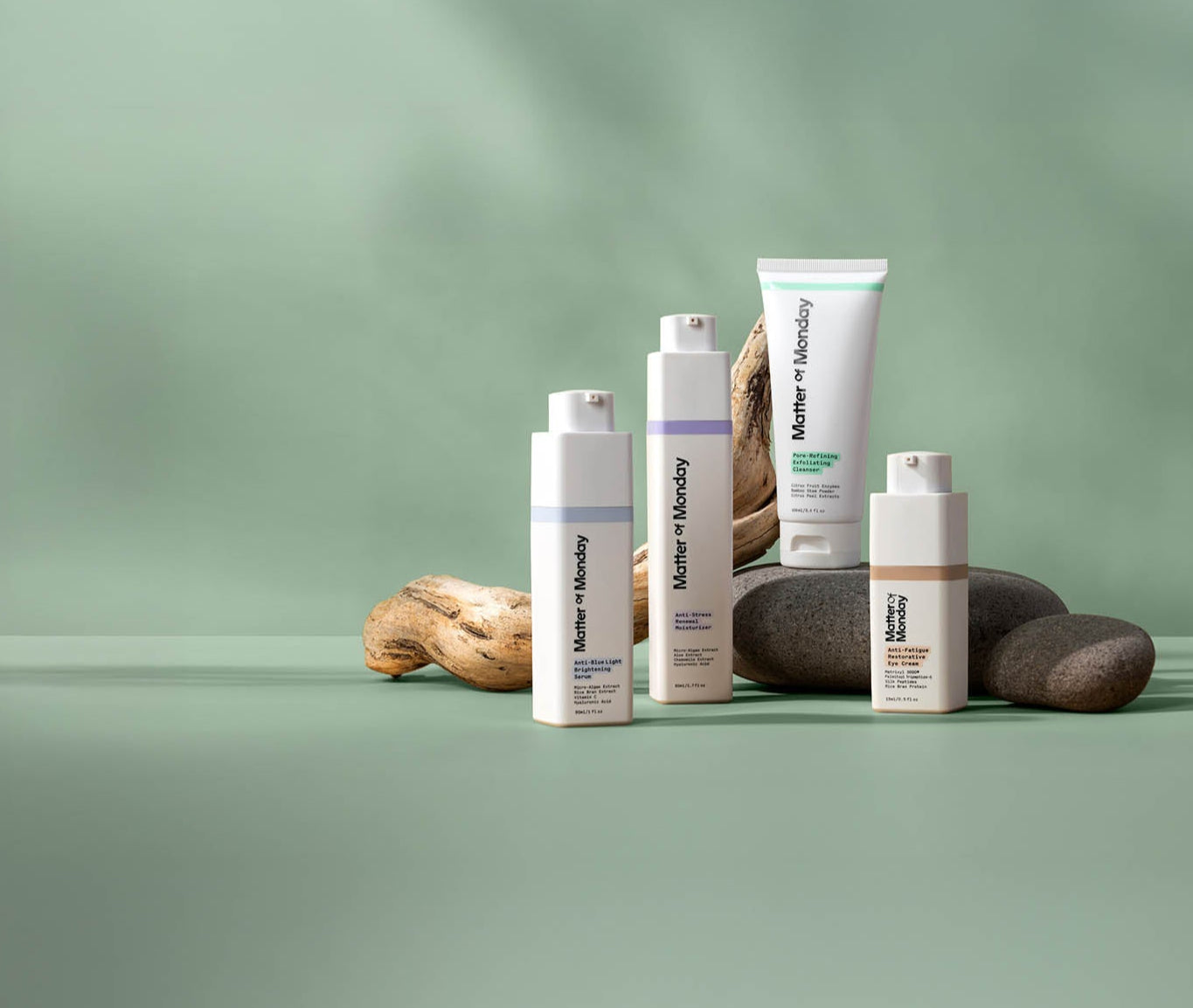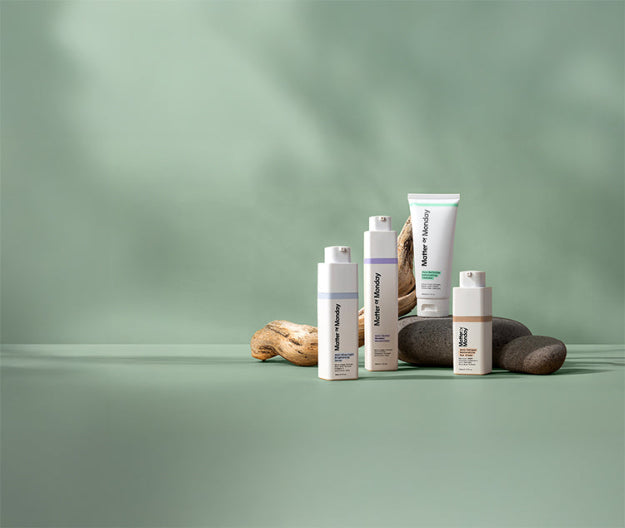
Are Zoom Meetings Damaging Your Skin?
Raise your hand if you’ve been in more Zoom meetings than face to face meetings recently. Hey, we get it. It’s the new norm. The modern world. But boy is it hurting our skincare! Whether it's back-to-back Zoom meetings, endless Slack pings, or the not-so-occasional “quick call,” we’re living in a world of screen time overload and your skin knows it. Dullness. Puffiness. Breakouts. Eye bags that could qualify for flight carry-on. This my friend is what we at Matter of Monday like to call Zoom fatigue skin, the modern complexion crisis no one asked for. But here’s the good news: this isn’t permanent yet! Your skin can bounce back from this. With the right formulas - like Matter of Monday’s Anti-Blue Light Brightening Serum and Anti-Fatigue Restorative Eye Cream, you can fight the signs of screen burnout and get that glow back. And yes, there’s real science behind it. What Is Zoom Fatigue Doing to Your Skin, Anyway? When we talk about “Zoom Fatigue Skin,” we’re really talking about the exhausting toll digital life takes on your face: Blue light (a.k.a. HEV light) from screens penetrates deeper than UVB rays and triggers oxidative stress, leading to premature aging, hyperpigmentation, and inflammation. Staring at screens for hours reduces blink rate and circulation around the eyes, increasing puffiness and dark circles. Stress from digital fatigue triggers cortisol spikes that mess with your skin barrier, increasing sensitivity, breakouts, and dryness. In short: the longer your face is lit by LED, the harder it works to keep up. Quick Tips: 1. Lower your screen brightness and use night mode or blue light filters whenever possible. 2. Take a 20-second break every 20 minutes to look at something 20 feet away (yes, that’s a real thing. It’s called the 20-20-20 rule). 3. Hydrate like it’s your job. Your skin loves water more than your Wi-Fi loves buffering. 4. Sleep. No serum can replace 7+ hours of rest. Simple! Solution #1: Anti-Blue Light Brightening Serum This serum is like noise-cancelling headphones for your skin. It blocks out the harmful effects of blue light and reinforces your natural barrier, thanks to ingredients backed by actual clinical data. Key Ingredients: Microalgae Extract: Rich in antioxidants, this high-tech ingredient neutralizes blue light–induced free radicals before they can wreak havoc. Niacinamide (Vitamin B3): Hugley on trend right now. You’ve probably already heard about it. Known for improving skin tone, strengthening the skin barrier, and calming inflammation basically, the MVP of modern skincare. Licorice Root Extract: Brightens and fades hyperpigmentation, so your skin looks energized even if your brain isn’t. How to Use: Apply in the morning before moisturizer and again post-Zoom marathons if your skin’s feeling fried. It layers beautifully under makeup and instantly boosts luminosity. Think: dewy filter IRL. Solution #2: Anti-Fatigue Restorative Eye Cream Because your eyes shouldn’t look as exhausted as you schedule. Whether it’s 6 hours of video calls or just one way too honest selfie, your under-eye area needs serious support. This eye cream is formulated to combat digital fatigue, fast. Key Ingredients: Peptides (Matrixyl 3000®): Clinically proven to stimulate collagen production and reduce fine lines. Yes, it works. Caffeine: De-puffs and energizes tired eyes by boosting circulation. Centella Asiatica (Cica): A K-beauty favorite known to calm irritation and fortify fragile skin. Real Talk: This cream is like a good night sleep in a tube. In fact, scrap that - it’s like sleeping on a cloud - in a tube. Use it morning and night for refreshed, lifted, camera-ready eyes - even after a 14-hour Slack spiral. Zoom Face, No More. Zoom fatigue is real, but your skin doesn’t have to show it. With smart, science-backed formulas like Matter of Monday’s Anti-Blue Light Brightening Serum and Anti-Fatigue Restorative Eye Cream, you can protect, restore, and glow—no camera filters needed.






